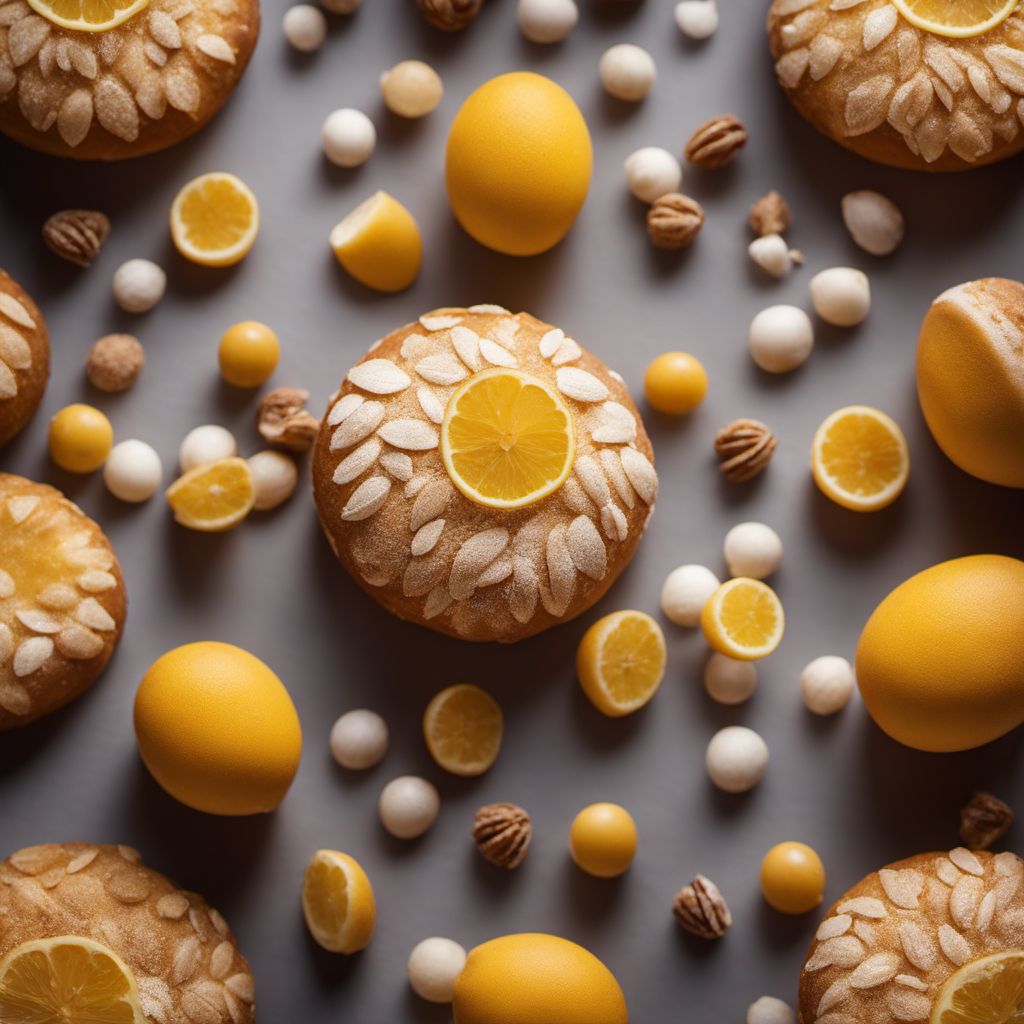
Ingredient
Baking yeast
The Magic of Yeast
Baking yeast, also known as Saccharomyces cerevisiae, is a single-celled fungus that plays a vital role in the fermentation process of bread-making. It converts sugars into carbon dioxide and alcohol, causing the dough to rise and giving bread its airy texture. Baking yeast is available in both fresh and dry forms, with the latter being more commonly used in home baking. It has a powdery texture and a distinct aroma reminiscent of freshly baked bread.
Origins and history
The use of yeast in baking can be traced back thousands of years to ancient Egypt, where it was used to leaven bread. Over time, the cultivation and understanding of yeast expanded, leading to the development of various strains and techniques for bread-making. Today, baking yeast is widely used in culinary traditions around the world, with each culture incorporating it into their unique bread recipes.
Nutritional information
Baking yeast is a good source of protein, B vitamins, and minerals such as iron and zinc. It is low in fat and calories, making it a nutritious addition to bread and other baked goods.
Allergens
Baking yeast may trigger allergic reactions in individuals with yeast allergies. It is also not suitable for those with celiac disease or gluten intolerance, as it is typically derived from grains containing gluten.
How to select
When selecting baking yeast, look for packages that are well-sealed and within their expiration date. For dry yeast, check for any clumps or discoloration, as these may indicate moisture or spoilage. Fresh yeast should be moist and crumbly, with a creamy beige color. Avoid packages with signs of damage or excessive moisture.
Storage recommendations
To maintain the freshness and effectiveness of baking yeast, store it in an airtight container in a cool, dry place. Avoid exposing it to moisture or extreme temperatures, as this can reduce its potency. Once opened, refrigerate dry yeast to extend its shelf life.
How to produce
Baking yeast can be produced at home by creating a mixture of flour, water, and sugar to create a fermentation environment for wild yeast to grow. However, for consistent and reliable results, it is recommended to use commercially produced yeast.
Preparation tips
To activate dry yeast, dissolve it in warm water with a small amount of sugar and let it sit for a few minutes until it becomes frothy. This indicates that the yeast is active and ready to be used. When using fresh yeast, crumble it into warm liquid and stir until dissolved. Incorporate the yeast mixture into the dough and allow it to rise according to the recipe's instructions. For best results, follow specific recipes and techniques for different types of bread and baked goods.
Substitutions
Instant yeast, sourdough starter, or baking powder can be used as substitutes for baking yeast. However, keep in mind that these substitutes may alter the flavor and texture of the final product.
Culinary uses
Baking yeast is primarily used in bread-making, where it helps dough rise and creates a light and airy texture. It is also used in the production of other baked goods such as pizza dough, cinnamon rolls, and pretzels. Additionally, baking yeast can be used to ferment alcoholic beverages like beer and wine.
Availability
Baking yeast is widely available in grocery stores, supermarkets, and specialty baking supply stores worldwide.
